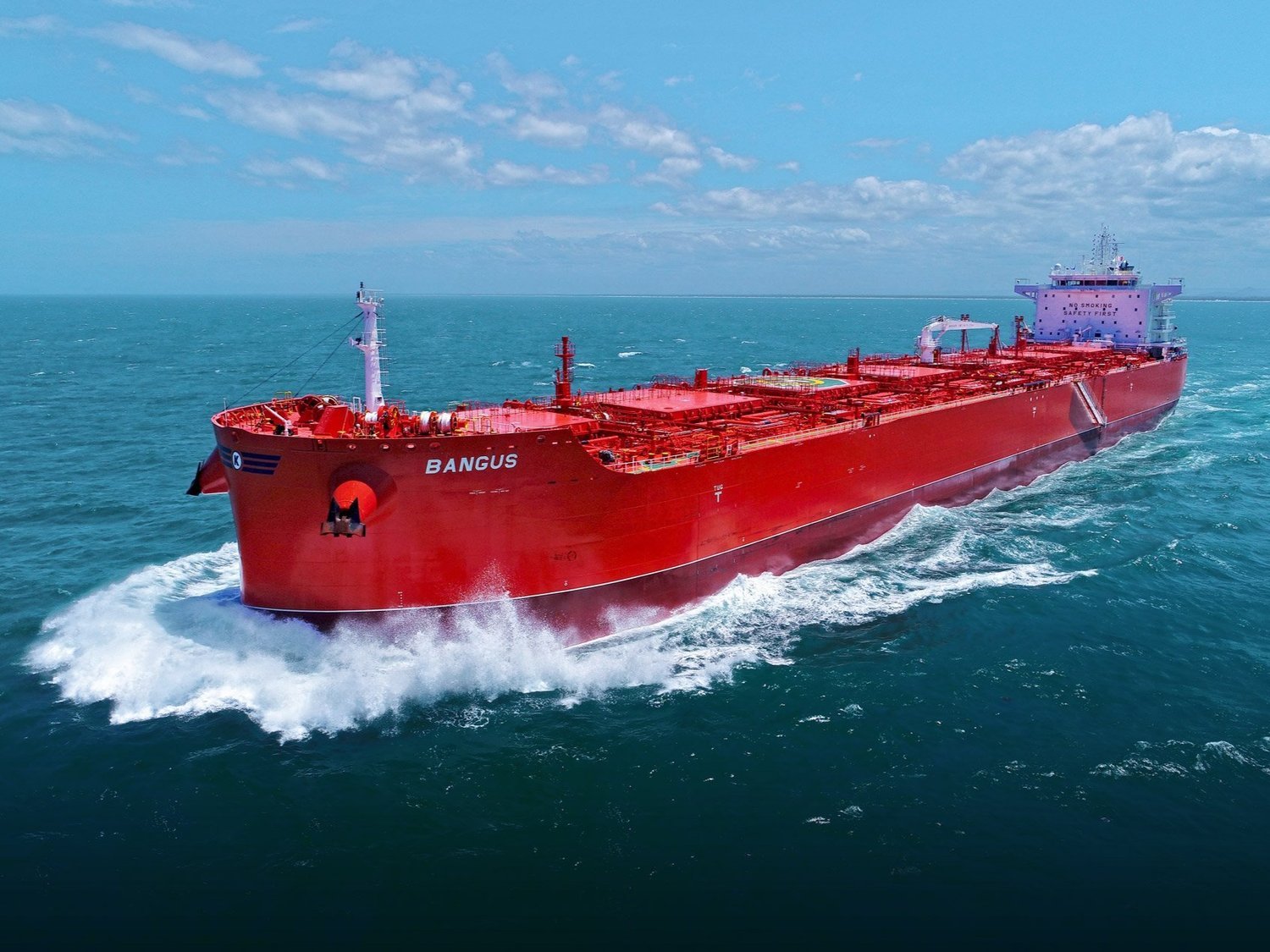KLAVENESS COMBINATION CARRIERS
The world leader in combination carriers and the most carbon efficient deep-sea shipping solution within the tanker and dry bulk segment
Klaveness Combination Carriers ASA (KCC) was established in March 2018 through a consolidation of vessel ownership and operation of all Klaveness’ combination carrier activities.
Specialization in shipping has created a lot of inefficiencies. KCC’s combination carriers solve these inefficiencies by consecutively switching between dry and wet cargo shipments with minimum ballast between the laden voyages. The vessels ship tanker cargoes into dry bulk export hubs such as Australia and South America and ship dry bulk cargoes on the return leg.
40
Up to 40% lower fuel consumption
~10
Combination Carriers average age
16
Combination Carriers
Two vessel segments built on the same business concept
Klaveness has been an owner and operator of combination carriers since the early 1950s. Over this period, the company has developed and refined vessel design, equipment, operational procedures and crew training to provide our customers with the most efficient and environmentally friendly, high-quality shipping services.
The company currently operates a fleet of 16 vessels: Eight CABU vessels and eight CLEANBU vessels. 3 newbuilds (CABUs) will be delivered to the fleet in 2026.
Compared to standard dry bulk and tanker vessels, KCC delivers:
1. Lower carbon emissions for the same transport work: Substantial fuel consumption advantages with 30-40% fuel consumption per ton-mile transported cargo when compared to standard dry bulk and tanker vessels, and hence up to 40% lower emissions per transported ton of cargo
2. Lower earnings volatility: Diversified market exposure as the vessels transport both dry bulk and tanker products and have a positive correlation to bunker prices as the vessels are priced as standard vessels
3. Premium earnings: Higher asset utilization through having two laden legs, which gives a higher number of revenue days compared to standard vessels
Note: For the same round voyage, a standard tanker and dry bulk vessel would typically ballast for 10-20 days, while a combination carrier is around 4 days.







